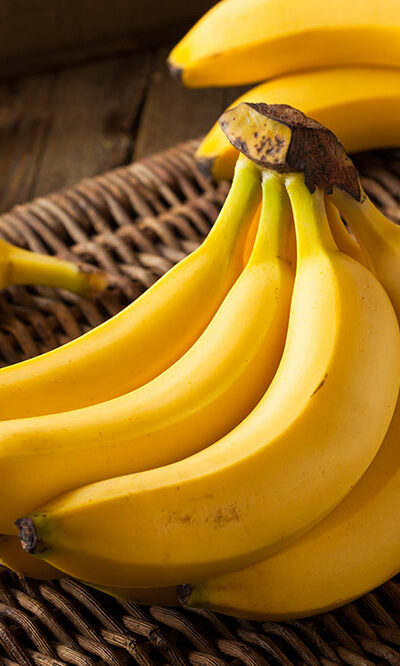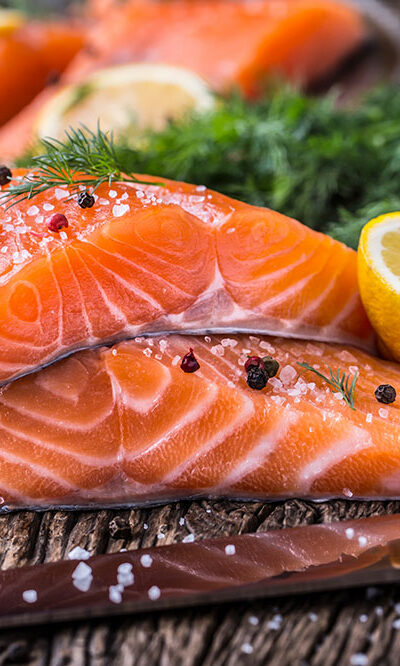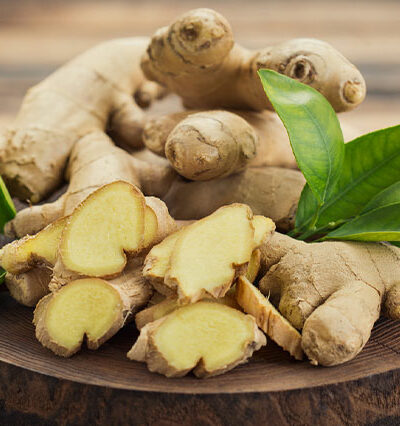
11 Foods That May Trigger Epilepsy
Epilepsy is a brain disorder that can cause recurring seizures. Today, there are different types of epilepsy where the cause of some is known, and for others, the causes haven’t been identified yet. This condition is quite common. It can affect people across genders and ethnic backgrounds. According to estimates, 1 in 26 people develop the condition. Fortunately, there are treatments available to control the seizures. This can include avoiding trigger foods. Foods that can trigger or worsen epilepsy In most cases, symptoms of epilepsy depend on the type of seizure. This is because the condition is caused due to certain activity in the brain. However, making certain lifestyle changes can help control the symptoms. Hence, here are some foods that can trigger or worsen epilepsy and its associated symptoms. Bananas While bananas have a variety of health benefits, their potassium content can cause health issues for people with epilepsy. Excessive consumption of the fruit can lead to high potassium levels in the body. This can give way to periodic seizures that can affect the quality of life of the patient. Therefore, patients are suggested to consume the fruit in fewer amounts or avoid it altogether. Coffee Caffeinated beverages like coffee and tea often trigger an overactive central nervous system ( CNS). Furthermore, according to the Epilepsy Society, drinking high amounts of coffee can increase susceptibility to seizures. Hence, one must either consume coffee and other beverages in moderation or steer clear of them entirely to avoid triggering epilepsy-related seizures. Monosodium glutamate Also known as MSG, monosodium glutamate is often used in processed foods as an additive. This food additive, either singularly or in combination with others, can lead to excessive nerve cell firing. Hence, MSG can be considered one of the top triggers for neurological conditions like epilepsy, Parkinson, and more.










